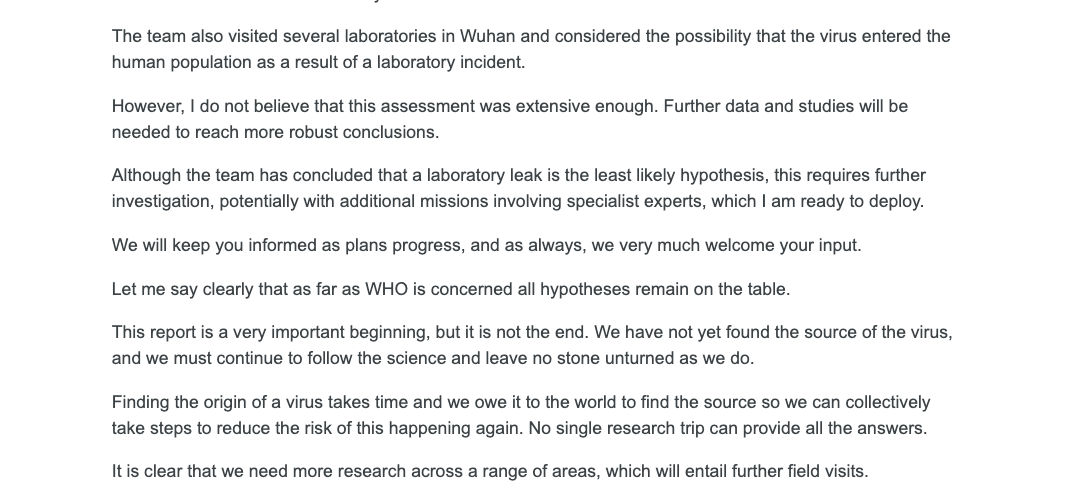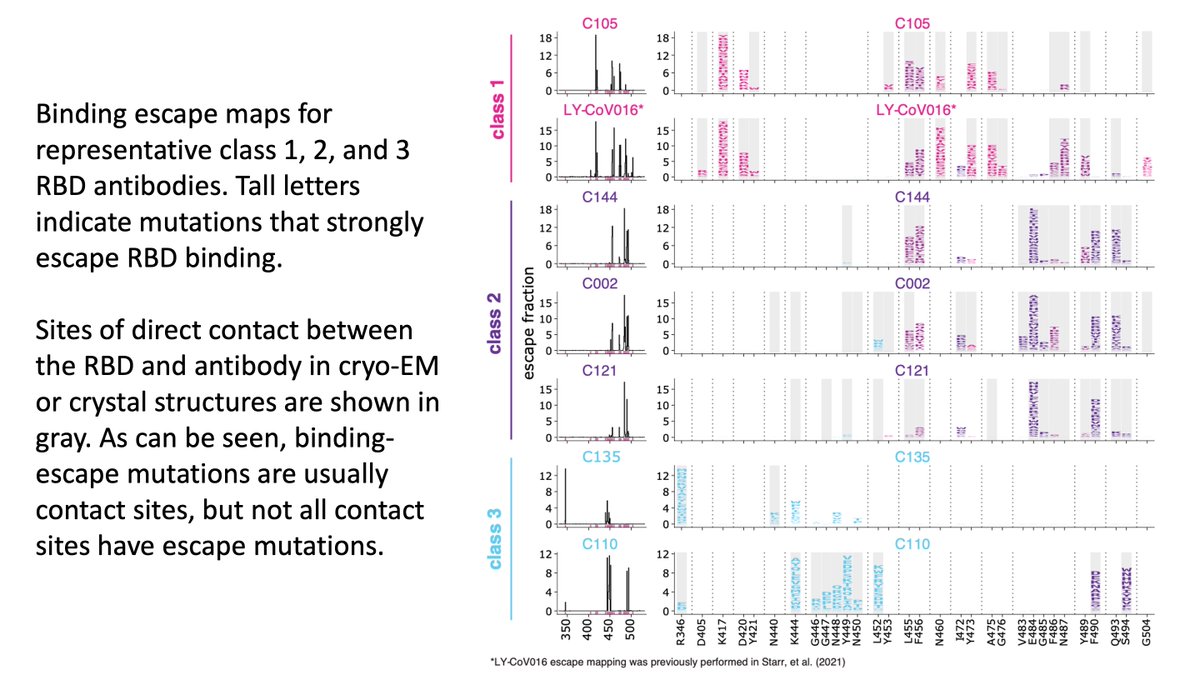
In letter published in @ScienceMagazine today, I join 17 other scientists in calling for further investigation of #SARSCoV2 origins, including objective consideration of both accidental lab leak and natural zoonosis: science.sciencemag.org/lookup/doi/10.… (1/n)
Signatories include experts in virology/evolution: myself, @Ayjchan @Baric_lab @bjorkmanlab @sarahcobey @DevermanLab @DFisman @GuptaR_lab @VirusesImmunity @mlipsitch @RMedzhitov @richardneher @ras_nielsen N.Patterson @StearnsLab @NimwegenLab @MichaelWorobey @DavidRelman (2/n)
We note the scientific community has made admirable progress in understanding biology of #SARSCoV2, including developing vaccines & other countermeasures. But more investigation needed to determine origin of pandemic, which is critical to mitigating risk of future outbreaks (3/n)
In November 2020, terms were set for a joint China-@WHO study. The information, data, and samples for the study’s first phase were collected and summarized by the Chinese half of the team, and the rest of the team built on this analysis for the report (4/n)
There were no clear findings of either a natural spillover or lab accident, but the report assessed zoonotic spillover from an intermediate host as “likely to very likely” and a lab accident as “extremely unlikely.” (who.int/publications/i…) (5/n)
In a statement accompanying the report, @WHO Director-General @DrTedros said that the consideration of a lab incident was not sufficiently extensive, and more investigation was needed (who.int/director-gener…) (6/n) 

The US government & 13 other countries also released a statement expressing similar concerns (state.gov/joint-statemen…) (7/n) 

As scientists, we agree w these statements that greater clarity about origins of the pandemic is necessary & feasible. We must take hypotheses about both natural & lab spillovers seriously, and ensure investigation is transparent, data driven, and includes broad expertise (8/n)
Public health agencies and research labs need to open their records to the public. Investigators should document the veracity and provenance of data from which analyses are conducted. (9/n)
Finally, in this time of unfortunate anti-Asian sentiment in some countries, we note that early in the pandemic it was Chinese doctors, journalists, etc who shared key information about virus’s spread—often at great personal cost (cnn.com/interactive/20…) (10/n)
We should show the same determination in promoting a dispassionate science-based discourse on this difficult but important issue (11/n).
• • •
Missing some Tweet in this thread? You can try to
force a refresh







